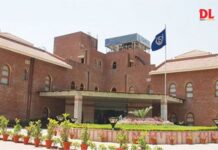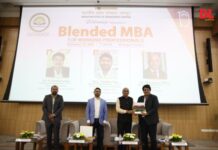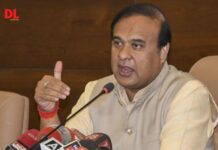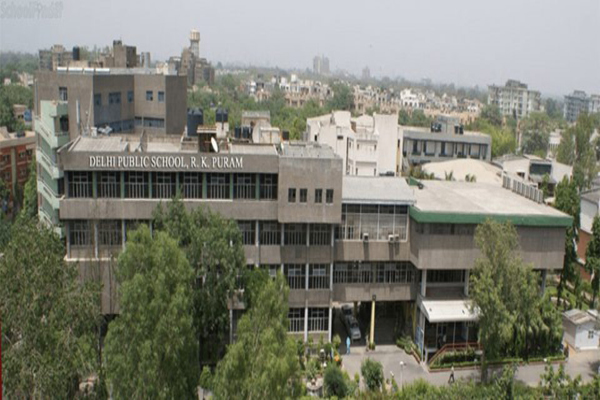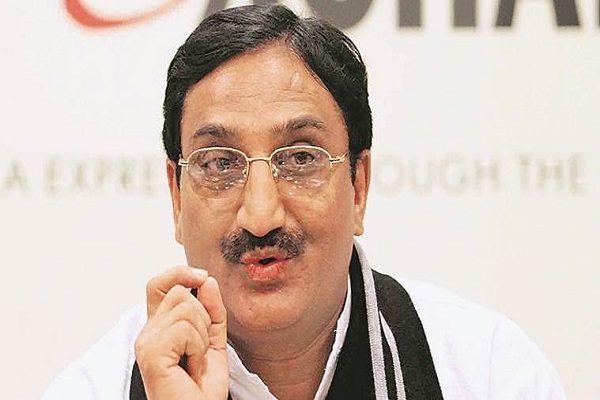
In its first 100 days in office, the BJP-led Delhi government has made significant strides in reforming the capital’s education landscape. Highlighting the government’s commitment to modern, inclusive, and tech-driven learning, Cabinet Minister Ashish Sood announced a series of education-focused initiatives during a recent press briefing.
A major highlight is the development of 75 CM Shri Schools with an investment of ₹100 crore. These government-run model schools will be equipped with AI-based learning platforms, smart classrooms, robotics kits, data science modules, and AR/VR labs. The initiative aims to provide underprivileged students with access to futuristic learning environments that rival top-tier private institutions.
To promote multilingual skills and global readiness, 100 Dr. APJ Abdul Kalam Language Labs will be set up in government schools, offering training in English, French, and German. Additionally, 250 government schools will soon house digital libraries, enhancing access to quality reading material and e-learning resources.
Financial aid has also been a priority. The Delhi government has released ₹275 crore as the first installment for 12 fully-funded Delhi University colleges and other state-run universities, addressing staff salaries and operational costs. In a significant relief for low-income families, ₹19 crore has been disbursed to 1,300 students under a long-pending scholarship scheme. The scheme, inactive since 2021–22, supports students from families earning less than ₹3 lakh annually.
Also Read: IIT Madras partners with Scaler School of Technology
Minister Sood reiterated that these reforms are part of a broader mission to make quality education accessible to all, especially students from economically weaker sections. “We’re ensuring every child, regardless of background, is prepared for global competition through access to advanced education tools and equal opportunities,” he stated.
These initiatives mark a decisive shift toward equity and excellence in Delhi’s education system, signaling the government’s intent to bridge the learning divide through investment in infrastructure, innovation, and inclusivity.


